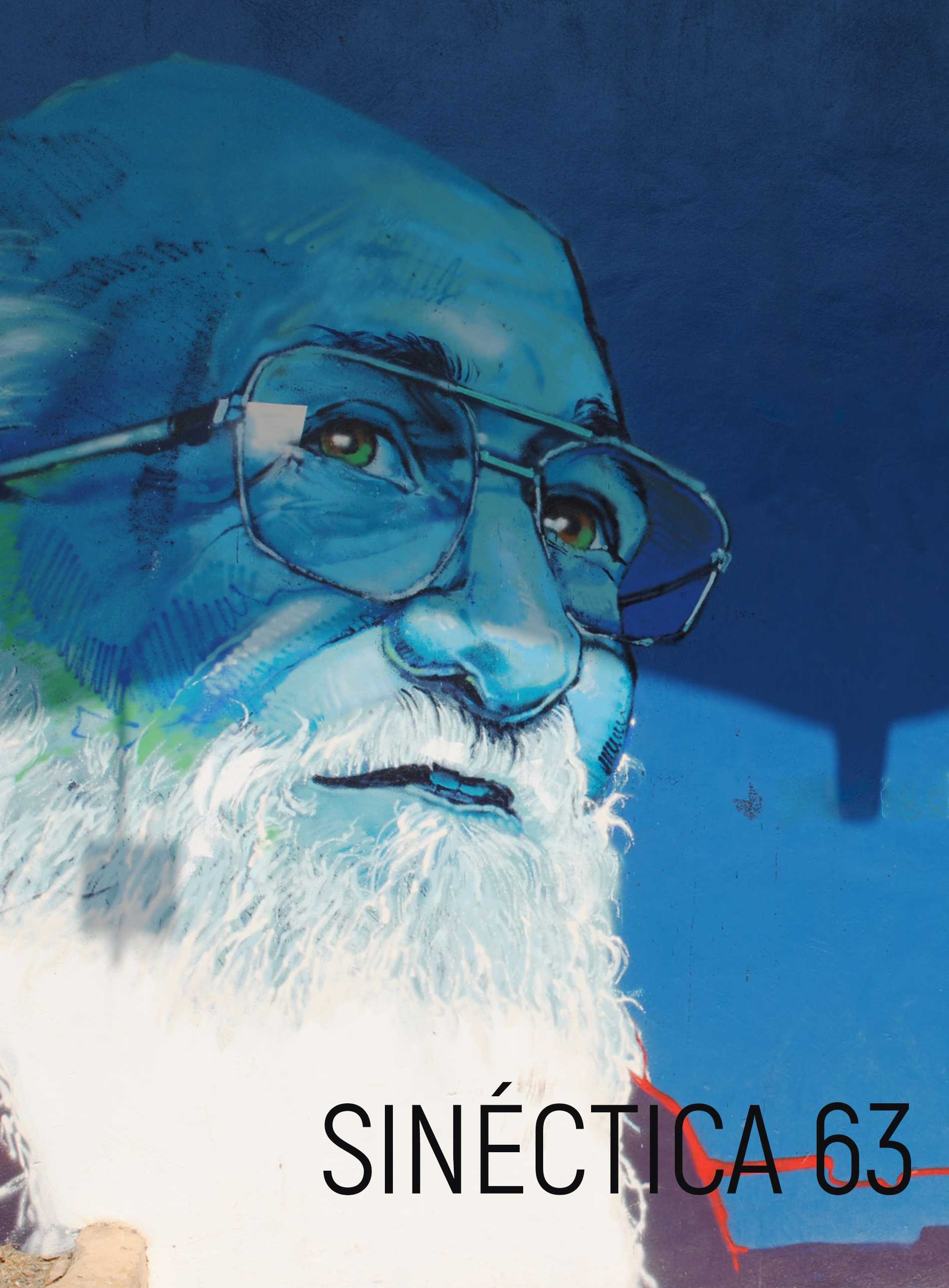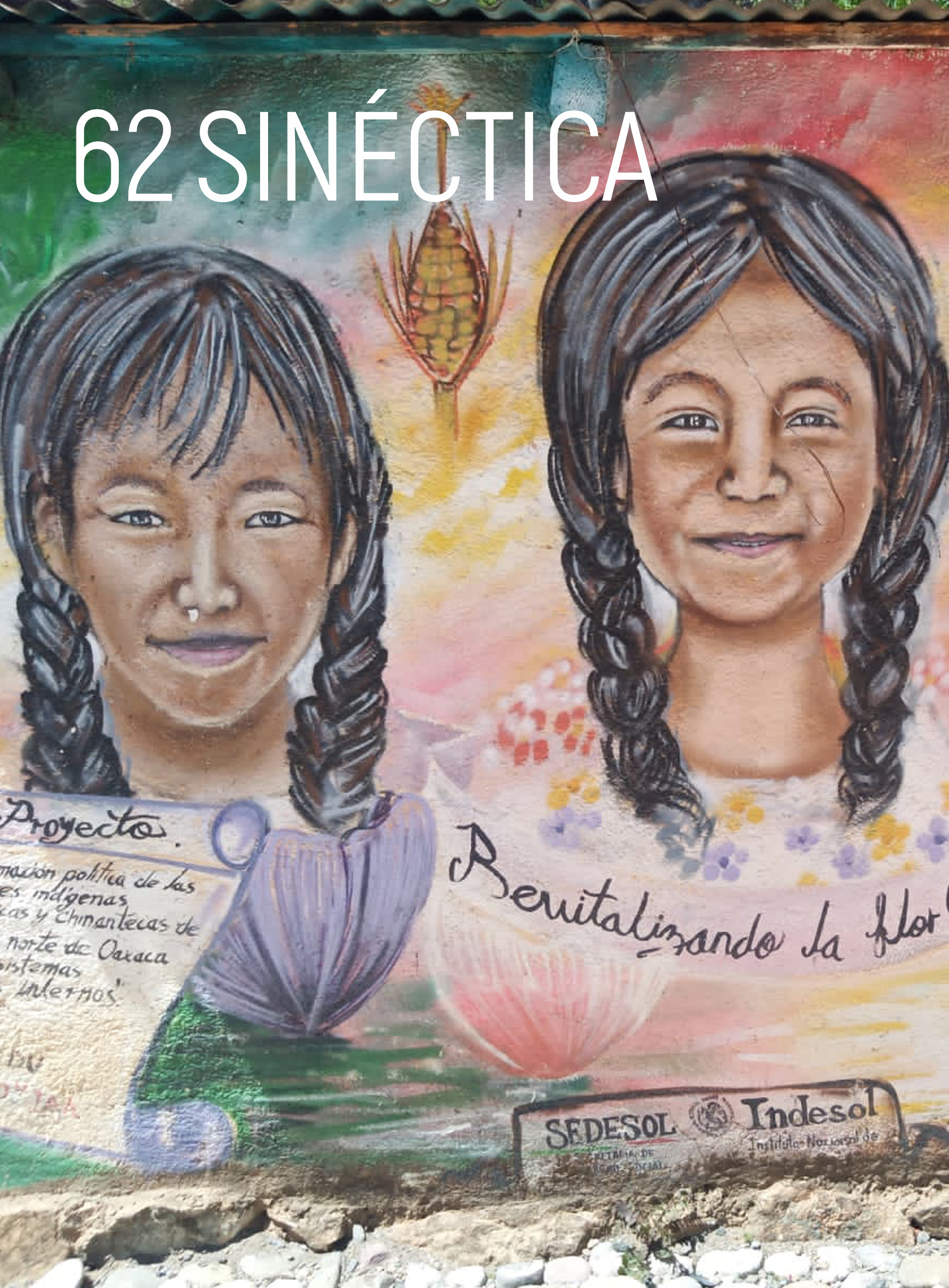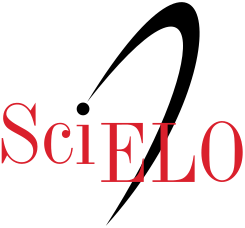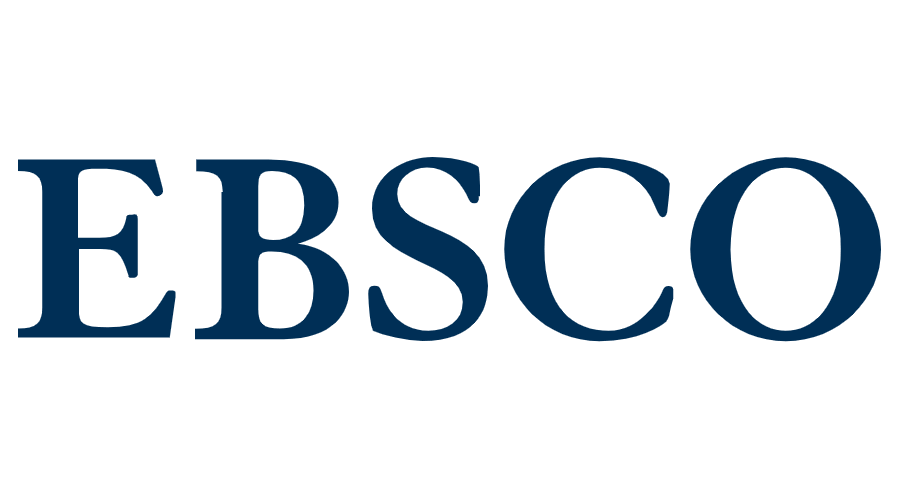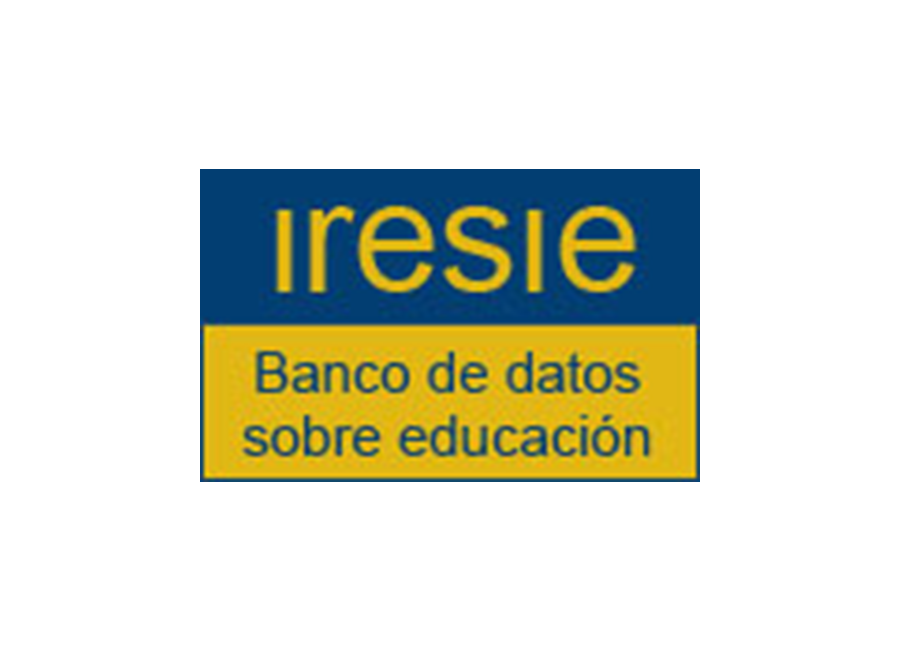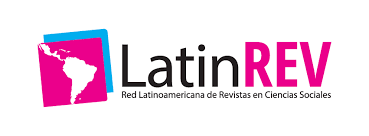Education beyond the pandemic: The interactive documentary as a hybrid learning opportunity
DOI:
https://doi.org/10.31391/S2007-7033(2022)0058-007Keywords:
education, interactive documentary, hybrid learning opportunities, technological challengesAbstract
This exploratory research applies a transdisciplinary perspective between the fields of education, science communication, design, journalism and emergent technologies, exploring the interactive documentary (i-doc) as a proposal to open horizons for new techniques and practices that can improve education and the planning of communicative relations between people, digital objects and real life.
Articulating storytelling, gaming and multimodality, one prototype is produced and its respective proof of concept is carried out in two classes: Biology and Geology students from a regular secondary school and Journalism students from the university level, being the respective teachers involved in the process. Action-research is applied within several techniques as bibliographic review, questionnaires, semi-structured interviews, participation observation and focus group, to test and evaluate the inherent proposal. The results are favorable to the usefulness and viability of the idea and it will be interesting to investigate in a more systematic way, to better understand the opportunities in the intersection between science, technology and art which stimulate the production and usefulness of hybrid learning opportunities.www.mariaparreira.comhttps://pt.linkedin.com/in/maria-jo%C3%A3o-horta-parreira
Downloads
References
Amorim, P. & Baldi, V. (2013). Ética e estética da representação no Web-documentário. Culturas Midiáticas, 6(2).
Aston, J., Gaudenzi, S., & Rose, M. (2017). I-Docs: The Evolving Practices of Interactive Documentary. Columbia University Press.
Bennett, N. J., Roth, R., Klain, S. C., Chan, K., Clark, D. A., Cullman, G. &Teel, T. L. (2017). Mainstreaming the social sciences in conservation. Conservation Biology, 31(1), 56-66.
Bevan, B. (2017). The promise and the promises of making in science education. Studies in Science Education, 53(1), 75-103.
Casella, G. (2018). Remixing the archive. The use of webdoc format as a medium for science communication. DOC On-Line (2017SI).
Correia, D. A. R. (2015). Expressividade do Arquivo no documentário interativo.
Coutinho, C. P., Sousa, A., Dias, A., Bessa, F., Ferreira, M. J. R. C. & Vieira, S. R. (2009). Investigação-acção: metodologia preferencial nas práticas educativas.
Da Rocha, A. de L. C. (2017). Design e desenvolvimento de narrativas interativas: O webdocumentário num jornal de pequena dimensão.
Da Silva Vieira, S. L. (2018). Transdisciplinaridade do design: Niveis de realidade distintos. Gestão & Tecnologia de Projetos, 13(1), 101-114.
De Jesus Pereira, A., Friede, R., Narduchi, F. & De Miranda, M. G. (2017). Educação ambiental e interdisciplinaridade saberes práticos e teóricos no processo de ensino-aprendizagem. Semioses, 11(4), 8-15.
De Oliveira Marques, J. P. (2016). Realidade virtual e jornalismo imersivo: Anotação dinâmica de peças noticiosas em vídeo 360o.
Dos Reis Ramalho, A. R. M. (2015). Jardim Botânico do Porto-A identidade visual como estratégica de dinamização.
Ferreira, S. L. de M. G. (2016). O audiovisual ao serviço da comunicação: O documentário como estratégia de comunicação-uma experiência no contexto museológico.
García, C. L., Ortega, C. A. C. & Zednik, H. (n.d.). Realidade virtual e aumentada: Estratégias de metodologias ativas nas aulas sobre meio ambiente. Informática Na Educação: Teoria & Prática, 20(1).
Gaudenzi, S. (2013a). The interactive documentary as a living documentary. Doc On-Line: Revista Digital de Cinema Documentário, (14), 9–31.
Gaudenzi, S. (2013b). The Living Documentary: from representing reality to co-creating reality in digital interactive documentary.
Guimarães, L. P. (2014). Desenvolvendo um webdocumentário e um documentário linear sobre a perspetiva passional da criação de aves na Europa.
Gyori, B. & Charles, M. (2017). Designing journalists: Teaching journalism students to think like web designers. Journalism & Mass Communication Educator, 1077695817713424.
Lamim-Guedes, V. (2018). Temática socioambiental em Museus de Ciências: educação ambiental e a educação científica. Ambiente & Educação- Revista de Educação Ambiental, 22(1), 77-95.
Levin, T. (2015). Webdocumentário como um documentário feito de uma narrativa interativa, hopertextual e participativa. Doc On-Line: Revista Digital de Cinema Documentário, (19).
Martins, A. I., Queirós, A., Rocha, N. P. & Santos, B. S. (2013). Avaliação de usabilidade: Uma revisão sistemática da literatura. RISTI-Revista Ibérica de Sistemas e Tecnologias de Informação, (11), 31-43.
Miñana, R. G. (2017). Tesis doctoral–síntesis. El lenguaje de la utilidad: un análisis pragmático de las cosas. El diseño como planificador de las relaciones comunicativas entre personas y cosas. Hipertext. Net: Revista Académica sobre Documentación Digital y Comunicación Interactiva, (15), 100-106.
Mouchrek, N. (2017). Design-based approaches to engage youth in the transition to sustainability abordagens de design para engajar os jovens na transição para a sustentabilidade. MIX Sustentável, 3(4), 135-147.
Nash, K., Hight, C. & Summerhayes, C. (2014). New documentary ecologies: Emerging platforms, practices and discourses. Springer.
Ouariachi, T., Olvera-Lobo, M. D. & Gutiérrez-Pérez, J. (2017). Analyzing climate change communication through online games: Development and Application of validated criteria. Science Communication, 39(1), 10-44.
Penafria, M. (2014). A Web e o documentário: Uma dupla inseparável? Aniki: Revista Portuguesa da Imagem em Movimento, 1(1), 22-32.
Ponte, C. & Silva, D. S. (2017). Tornar público o conhecimento científico, comunicar a cidade pelo jornalismo cultural digital. CECS-Publicações/eBooks, 447-460.
Quintas, C. E. de S. (2015). Possibilidades interativas nos vídeos de comunicação de ciência.
Ribeiro, V. A. M. H. C. (2017). Documentário, espaço selvagem da experimentação.
Rodrigues, P. F. V. A. (2013). Processos narrativos e autoria em documentário interativo.
Salatino, A. & Buckeridge, M. (2016). Mas de que te serve saber botânica? Estudos Avançados, 30(87), 177-196.
Santos, F., Salvado, J. C. & De Carvalho, I. L. (2013). Manual para transformar o mundo: da ideia inspiradora a implementação inovadora. Fundação Calouste Gulbenkian.
Teixeira, F. (2015). O que é o SUS (System Usability Scale) e como usá-lo em seu site. https://brasil.uxdesign.cc/o-que-é-o-sus-system-usability-scale-e-como-usá-lo-em-seu-site-6d63224481c8
Tomaz, J. M. C. (2011). Efeitos do nível de interactividade num recurso educativo digital: diferenças na satisfação e na aprendizagem.
Downloads
Published
Issue
Section
License
Copyright (c) 2022 Sinéctica

This work is licensed under a Creative Commons Attribution-NonCommercial 4.0 International License.
This work is licensed under a Creative Commons Attribution-NonCommercial 4.0 International license.
Authors who publish in Sinéctica agree to the following terms:
The authors retain copyright and grant the journal the right of first publication of the authorized work simultaneously under a Creative Commons Attribution License, which allows others to share the work as long as both the authorship of the work and the initial publication in this journal are acknowledged.
Authors may enter into additional separate contractual agreements for non-exclusive distribution of the published version of the journal (e.g., publishing in an institutional repository or a book), with acknowledgement of initial publication in this journal.
Authors are allowed to publish their work in institutional repositories or on their own website before and during the submission process, as it may generate productive exchanges, as well as earlier and greater citation of the published work.
Explanatory note: As of 2017 Sinéctica is governed by the Creative Commons Attribution Non-Commercial 3.0 International License, a version that standardizes licenses internationally.
Articles published between 1992 and 2016 are covered by a Creative Commons Attribution-NonCommercial-NoDerivatives 4.0 International license, which allows a work to be shared and distributed non-commercially and with acknowledgement of the author, but prohibits modification of the original creation.




